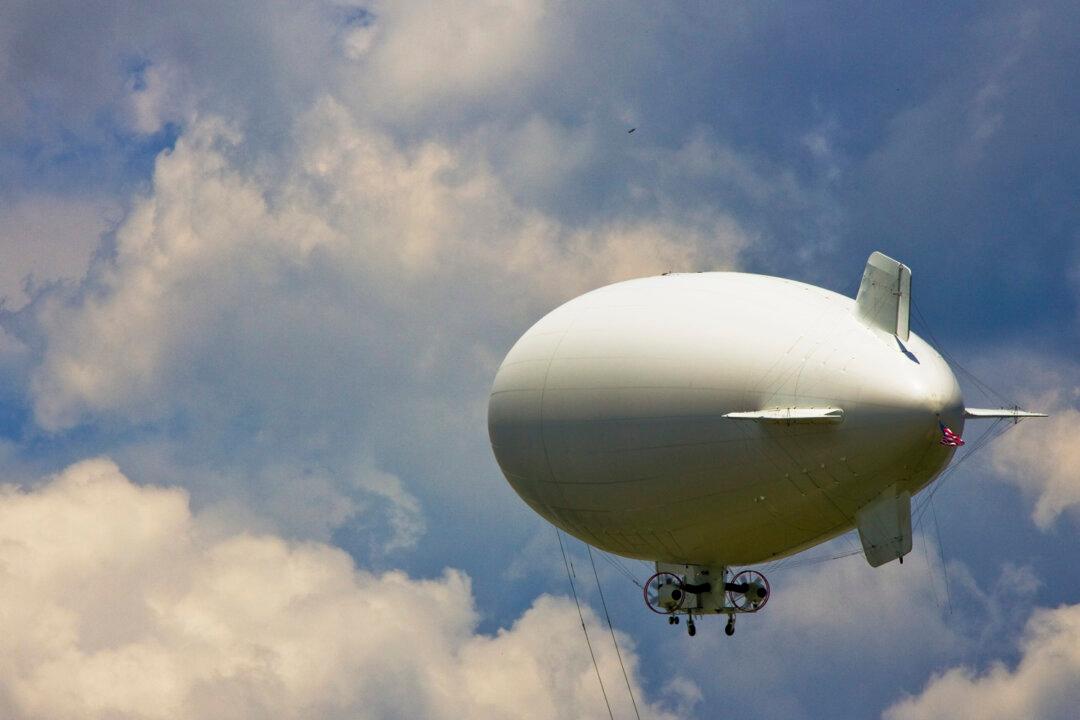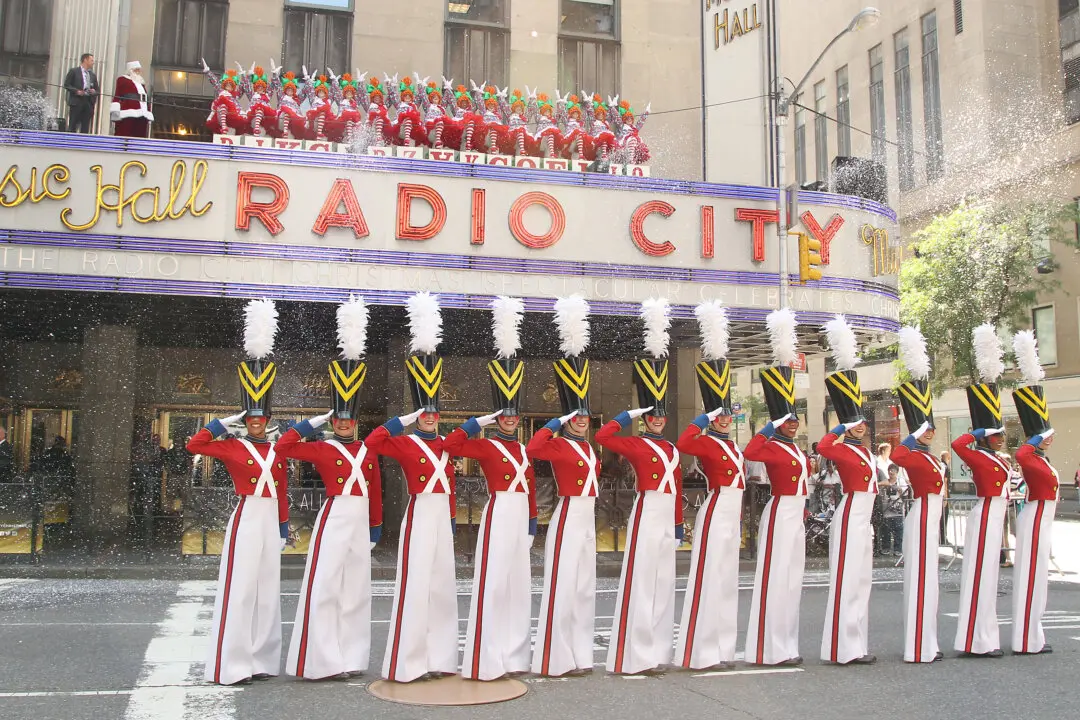After 410 days of construction, the Empire State Building was completed. The Great Depression had begun in earnest on Oct. 29, 1929, known as Black Tuesday, with the Wall Street Crash. But the plans for constructing the tallest building in the world were already in motion, and construction began on March 17, 1930. The building was officially opened to the public on May 1, 1931, when President Herbert Hoover symbolically turned on the lights to the building from the White House.
At 1,454 feet tall, which includes the 204-foot tip, the Empire State Building was the tallest building in the world for the next 40 years. That 204-foot tip, however, was not about obtaining additional height or creating a memorable piece of architecture. It was actually built as a port for airships: dirigibles and blimps.






